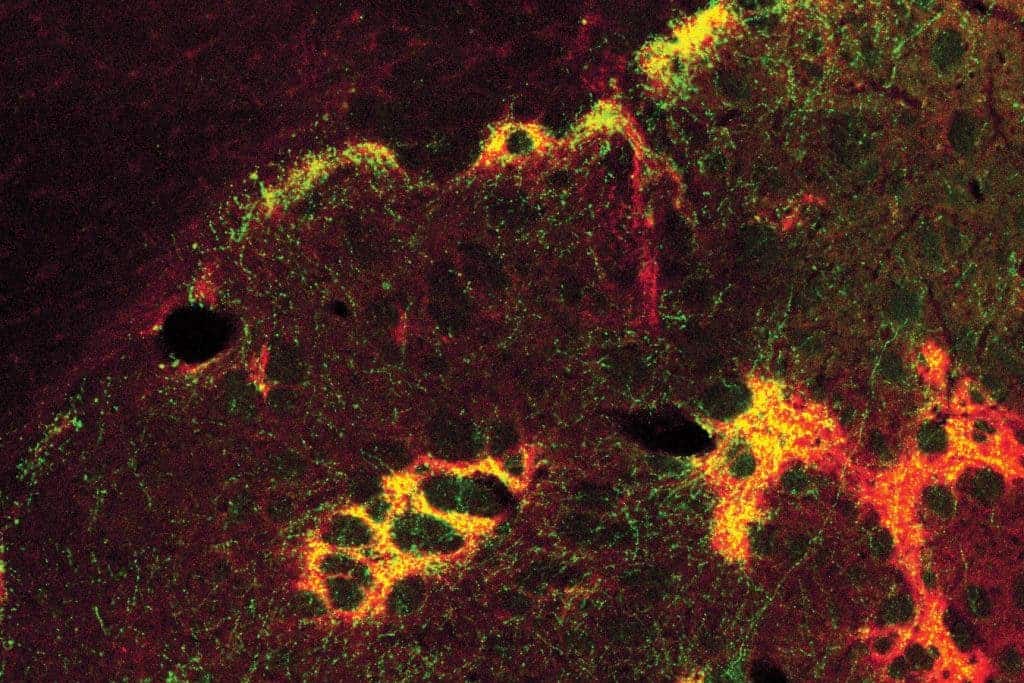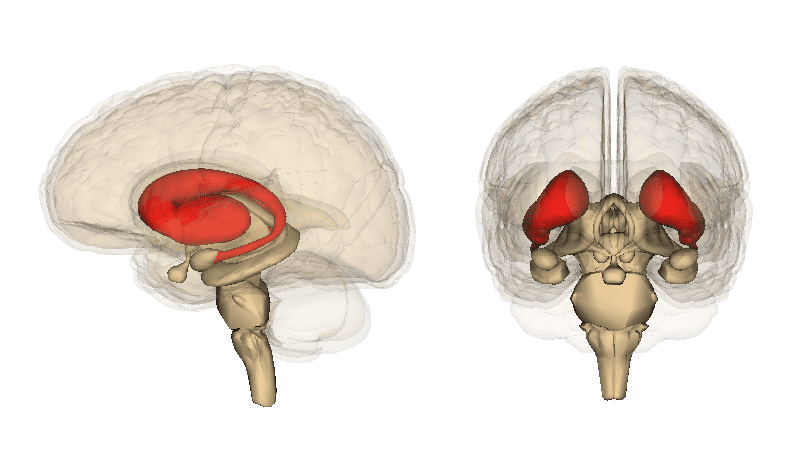
Image via newsoffice.mit.edu/
Every decision we take is influenced to some extent by emotion, and choices that offer both negative and positive elements – such as picking a higher paying but hazardous job or a safer but less profitable one – evoke them the most, particularly anxiety.
Researchers at MIT have now identified a neural circuit that they believe underpins decision-making in situations such as this, and have started looking into mice’s brains to better understand the biological processes that make us tick and help us pick.
They studied mice in five different types of behavioral experiments, including an approach-avoidance scenario: they had to choose between strong chocolate, which they like, and bright light, which they dislike, or dimmer light but weaker chocolate.

By comparing results from all five experiments they reached the conclusion that the cost-benefit decision making process is unique. The findings could help researchers discover new ways to treat psychiatric disorders that feature impaired decision-making, such as depression, schizophrenia, and borderline personality disorder. “This type of task is potentially very relevant to anxiety disorders,” says research scientist Leif Gibb . “If we could learn more about this circuitry, maybe we could help people with those disorders.”
[RELATED] Free choice and monkeys: researchers record the moment a mind is changed
“In order to create a treatment for these types of disorders, we need to understand how the decision-making process is working,” says Alexander Friedman, research scientist at MIT-run McGovern Institute for Brain Research and lead author of the paper describing the findings in the May 28 issue of Cell.
Using optogenetics to play around with this neural pathway, they were able to alter the rodent’s choices in such situations, making them up to 20% more likely to engage in riskier behavior for higher pay-offs when cortical into the striosomes was shut off. When the cells were stimulated, they choose the safer choice despite the lesser reward more often. The data suggests that the striosomes act as “gatekeepes”, absorbing information from the cortex and producing a decision on how to react.

Image via: www.neuroscientificallychallenged.com
Another part of the midbrain involved with this neural circuit called the substantia nigra houses cells rich in the neurotransmiter dopamine, a neurotransmitter that play an important role in motivation and movement. The researchers believe that they are activated by the striosomes to enocourage long-term effects on the animal or human patient’s decision-making habits.
“We would so like to find a way to use these findings to relieve anxiety disorder, and other disorders in which mood and emotion are affected. That kind of work has a real priority to it”, Graybiel says.
In addition to pursuing possible treatments for anxiety disorders, the researchers are now trying to better understand the role of the dopamine-containing substantia nigra cells in this circuit, which plays a critical role in Parkinson’s disease and may also be involved in related disorders.






